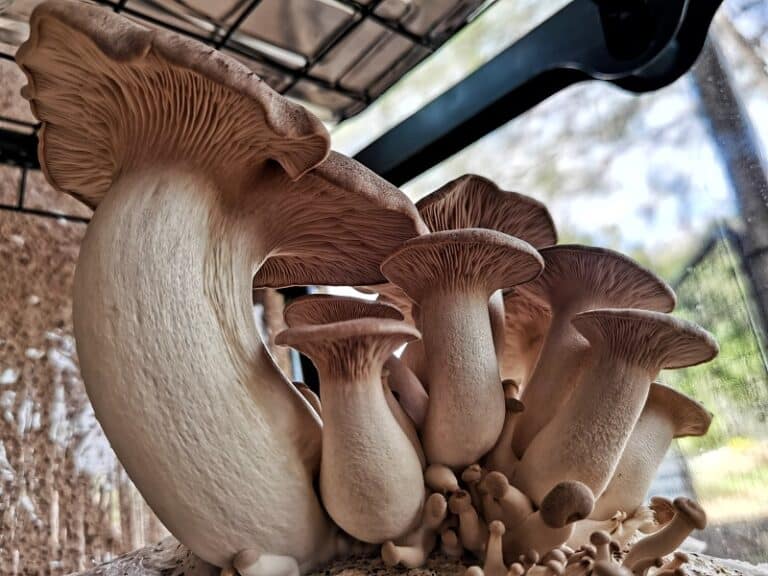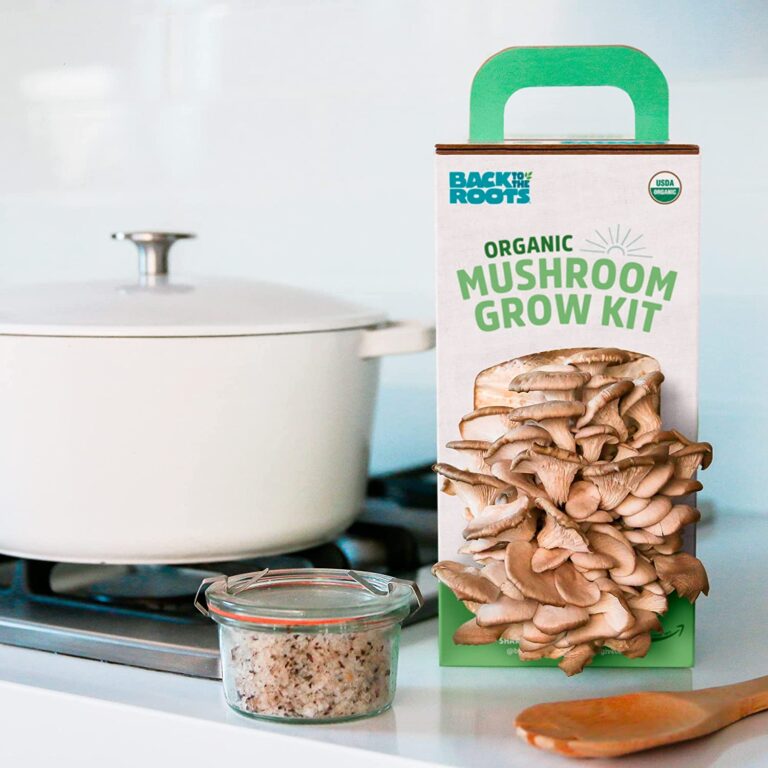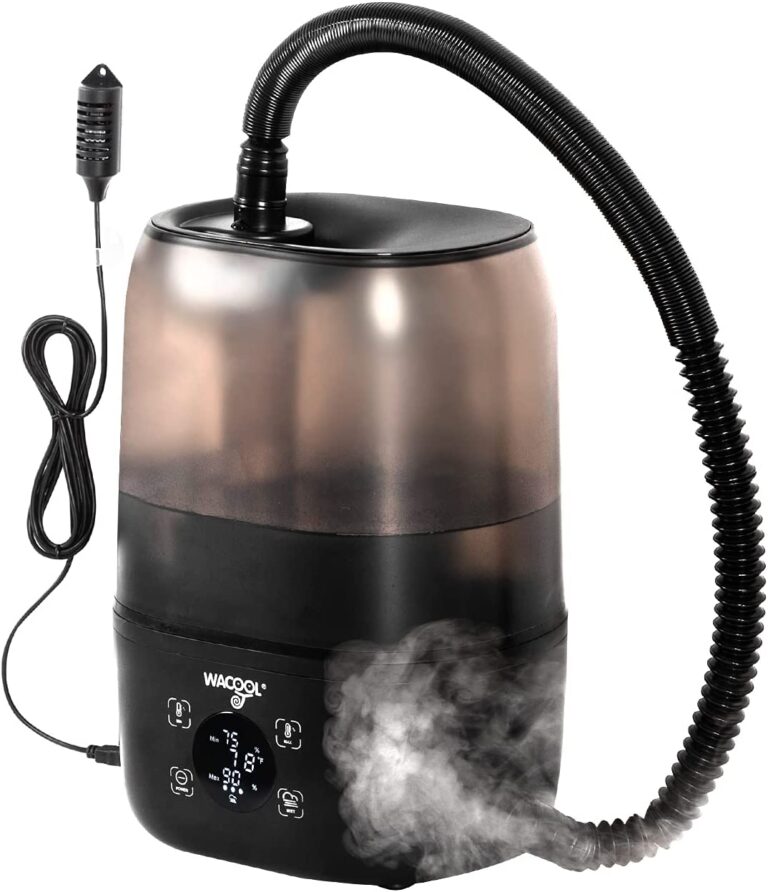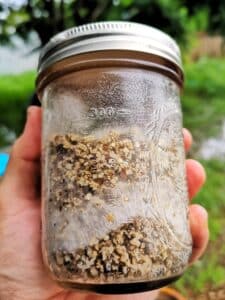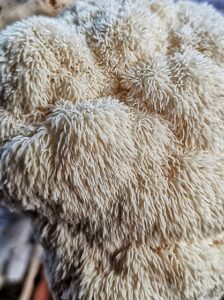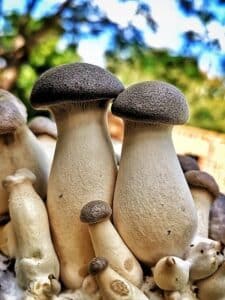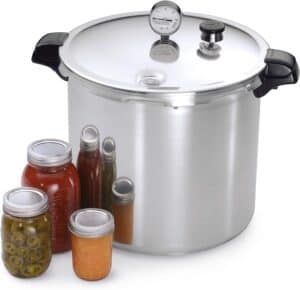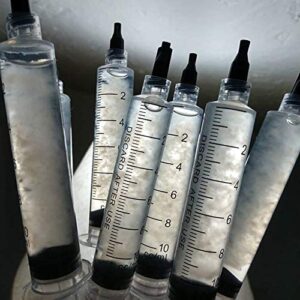Using a mushroom grow kit for the first time can feel like a challenging experience in a sea of cultivators all using different techniques with different equipment available to them. Although there isn’t a singular correct way to use a fruiting kit there are some general steps that can be followed to guarantee success.
In this guide we will discuss important topics for getting started with mushroom growing. This will include how to identify when a grow kit is ready to be opened, how to open the grow kit depending on the species of mushroom and how to store the grow kit for producing fresh mushrooms.
Understanding fruiting conditions and how to maintain them is a key element to consistently producing high quality mushrooms.
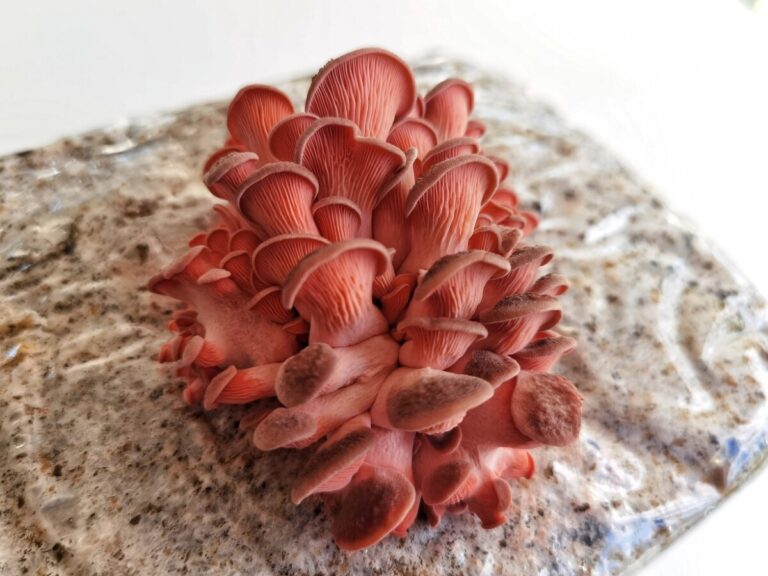
When Is A Kit Ready For Opening?
All our mushroom grow kits are dispatched when fully colonised and ready for fruiting. The mycelium will often appear less visible due to the agitation from being in transit.
The grow kit can be opened to expose the substrate to fresh air. Mycelium will quickly begin to grow thicker and more visible where it receives most fresh air.
Species of oyster mushroom will often have thicker and more visible mycelium in comparison to lion’s mane which will produce a layer of fine translucent mycelium.
Most species can be refrigerated to prevent fruiting excluding summer species like pink & yellow oyster which should be fruited upon receipt.
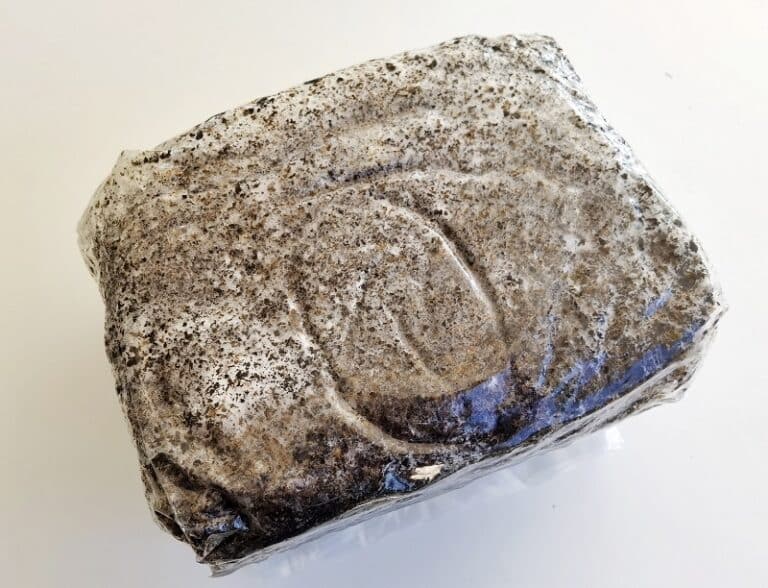
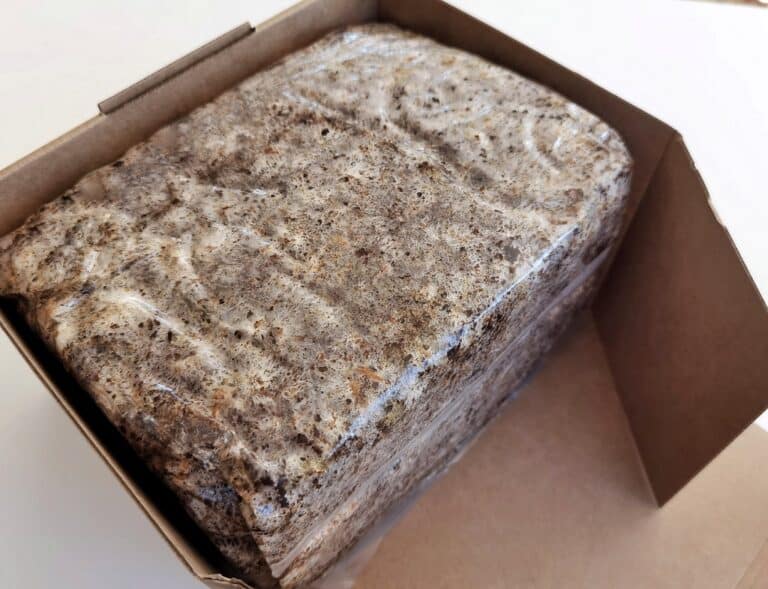
How To Open A Grow Kit
The mushroom grow kit needs to be opened to expose the substrate to fresh air. The presence of fresh air will trigger the formation of primordia which grow into mushrooms.
The method used to open a grow kit will depend on whether the species of mushroom being grown is side-fruiting or top-fruiting.
Side-fruiting varieties include lion’s mane and most oyster mushrooms like pink, white, blue, yellow & brown oyster.
Top-fruiting varieties include king oyster, reishi, chestnut & pioppino.
Side-fruiting varieties can be opened by making a small 5 cm long cut into the grow bag to expose the substrate to fresh air. Tape can be used to hold the bag down firmly against the substrate to prevent the formation of primordia beneath the loosened layer of plastic.
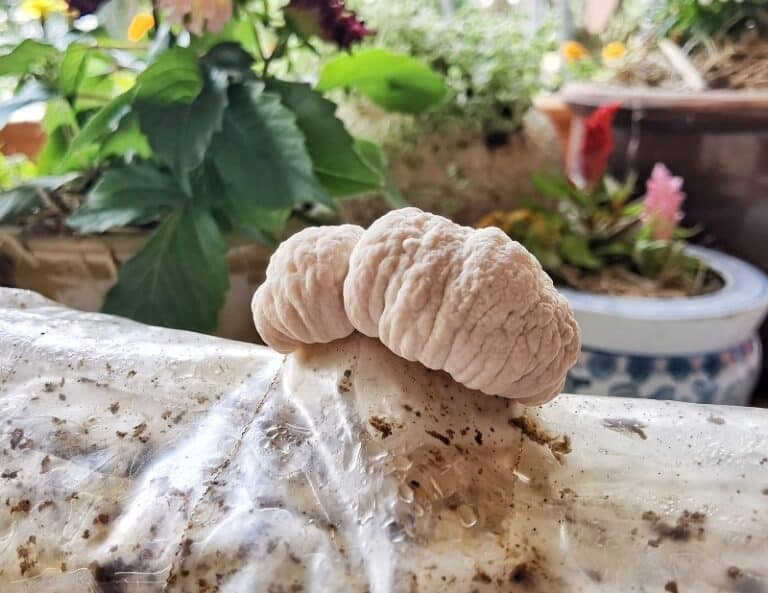
Top-fruiting varieties like king oyster and reishi can be opened by opening the top of the bag and folding it over with a clip to restrict airflow. King oyster and reishi are often grown with restricted fresh air exchange to manipulate the growth style of the fruiting body.
King oyster mushrooms will produce larger, thicker stems with small, velvety caps when grown with restricted fresh air exchange.
Reishi will produce long antler-like formations until provided with adequate fresh air exchange provoking a change in growth to form large decorative conks.
Chestnut mushrooms can be fruited by removing the top of the bag as needed to reveal clusters of primordia that tend to form in the humid spaces between the substrate and bag.
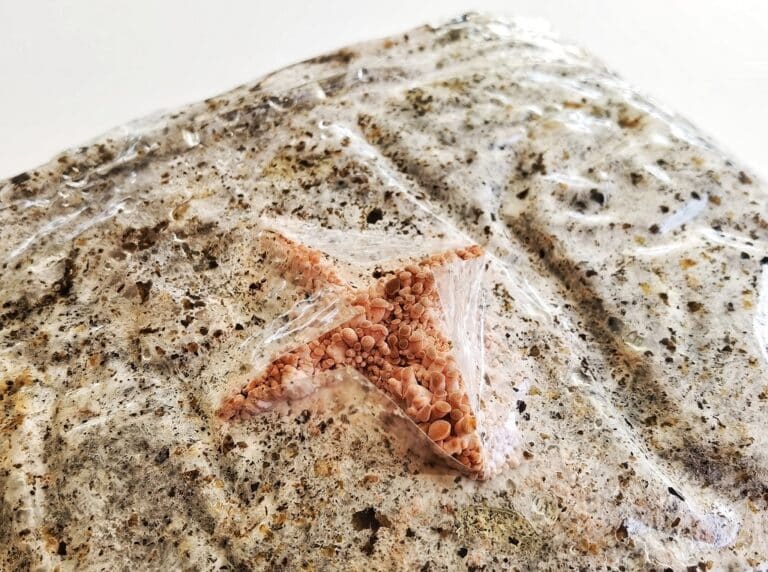
How To Store A Grow Kit In Fruiting Conditions
Once opened the mushroom grow kit must be stored in fruiting conditions for best results. Primordia will usually appear within 1 week when stored in optimum conditions.
Fruiting conditions revolve around humidity & fresh air exchange.
Humidity needs to be kept high to allow the mushrooms to grow large & healthy. Dry, cracked & leathery & discoloured mushrooms often indicate a need to increase humidity. Humidity can be increased via indirect misting or the use of a humidifier or simple fruiting chamber.
Fresh air exchange refers to the amount of fresh air moving around the grow kit. Mushrooms will exhale carbon dioxide which can accumulate within the fruiting. Mushrooms growing long, stretched and deformed often indicate a need to increase the amount of fresh air exchange.
Please note that increasing fresh air exchange can often directly reduce humidity. Follow the link below to learn more about making a low cost fruiting chamber for maintaining optimum fruiting conditions.
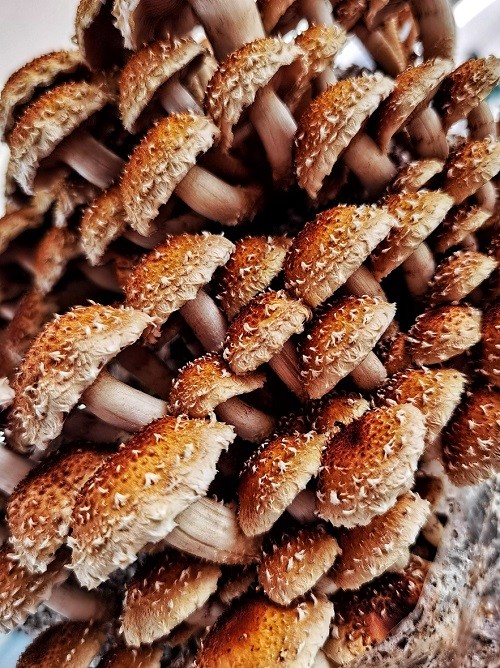
Making A Fruiting Chamber
Mushrooms require humidity to grow. We recommend using a mini-greenhouse. Spraying the inside walls of the greenhouse will help raise humidity. A cheap humidifier can used to automate the process.
It’s important to ensure that the grow kit has fresh air exchange. Mushrooms produce carbon dioxide and will grow long and leggy if they require more oxygen.
Check the product pages for species specific requirements.
Alternatively you can build a Shotgun Fruiting Chamber (SGFC) from a few common items found easily in your local hardware store.
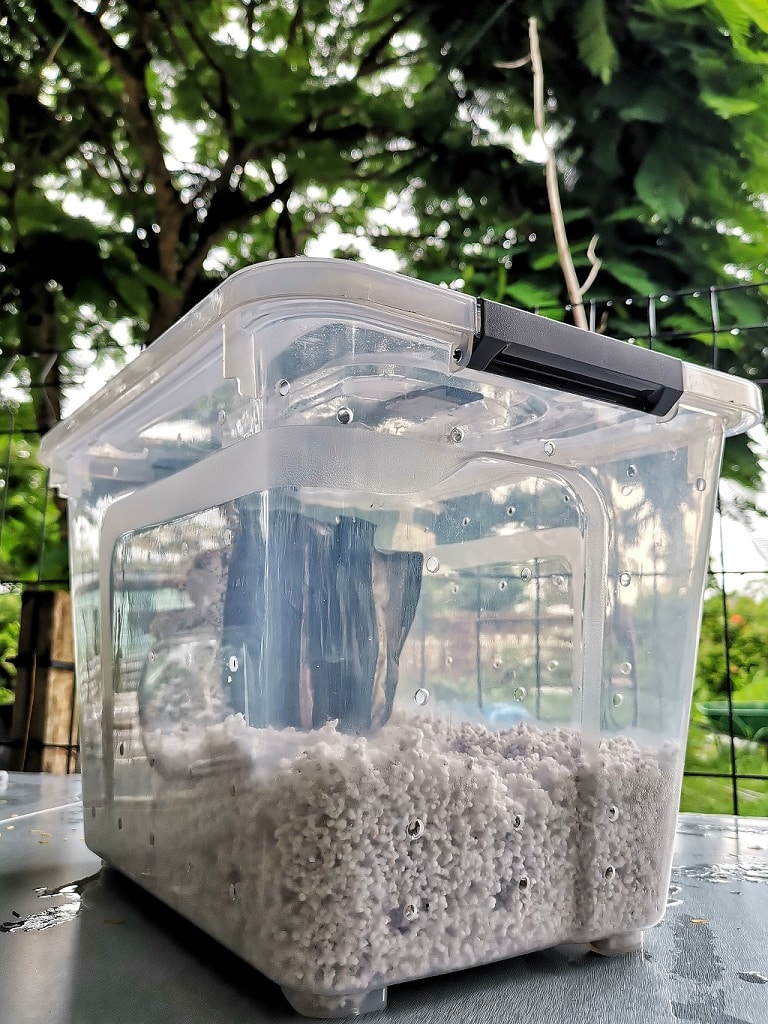
Using A Humidifier
Humidity can be managed through a diligent misting and fanning regime, however the introduction of a humidifier and humidity controller can help automate the process and ensure consistency.
Adding a 6L humidifier and controller to a greenhouse with the addition of a USB fan is a quick and easy way to make a low cost fruiting chamber that delivers excellent results.
Harvesting The Mushrooms
Oyster mushrooms are ready to be harvested once growth appears to slow and before the caps turn upwards. Harvesting the mushrooms before the caps turn upwards will prevent them from shedding most spores and encourage a longer shelf life when refrigerated.
Lion’s mane mushrooms are ready to be harvested once growth appears to slow and the spines have elongated.
Reishi is ready to be harvested once the white or pale coloured leading edge has disappeared and stopped growing. Reishi will shed a large quantity of spores as it approaches maturity.
Chestnut mushrooms will often remain quite small as they mature. Clusters of chestnut mushrooms are ready to be harvested once opened and growth appears to have slowed.
